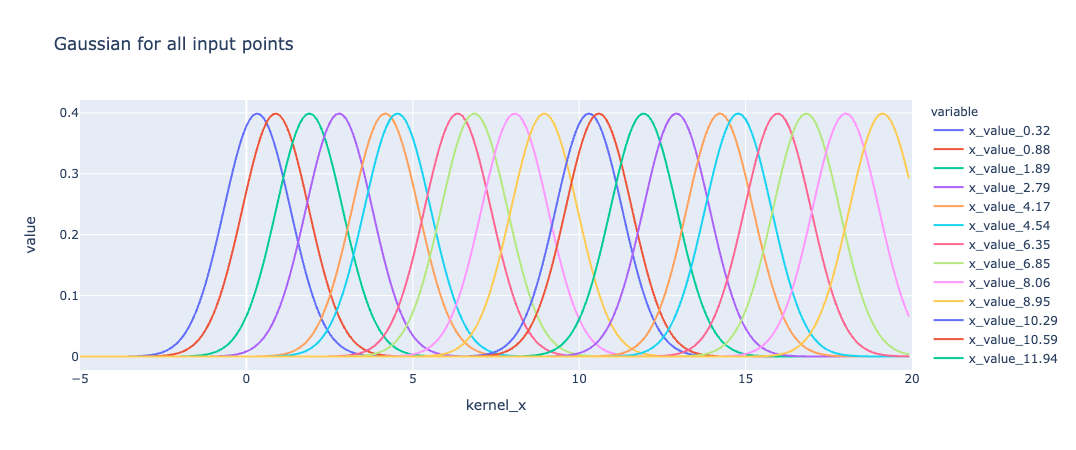Collective behavior is a fascinating phenomenon that can be observed in nature. For example, we have all seen bird flocks or fish schools at some point. Such groups move in sync in a leaderless fashion. The key question is - how do the collective (a bird flock or a fish school) move in unison? How do the individuals within a group know which direction to turn? Studying these systems is crucial since it furthers our understanding of collective motion and helps us design new technologies, such as drone swarms. I studied one such collective behavior system during my postdoc - water beetles. These creatures cluster and skate atop still-water body surfaces such as lakes and ponds. The collective motion is thought to provide them some protection against predators. The group moves around in a circular trajectory if constrained to a round container. They react to sudden stimuli by dispersing and forming back into a group after a while.
I studied their dynamics by tracking and combining the trajectories of individual beetles. I used deep learning-based computer vision techniques to solve this problem. I initially used semantic segmentation to separate individual beetles in the image, but it yielded unsatisfactory results. I then resorted to using object tracking using a single-shot multibox detector (SSD) to track individual beetles, which also did not work too well. Finally, I used the Densebox object detection model to solve the problem. This uses a multi-tasking learning approach to regress a bounding box to each water beetle. The multi-task learning approach is a powerful approach in object detection and one can fit non-standard (no rectangular bounding boxes) to objects.
Data labeling was time-consuming; hence, I experimented with multiple data augmentation techniques to reduce the effort. I found that geometric transformation and scaled gaussian blurring worked best in augmenting the training data.
Here is a TIFF image of a moving group of water beetles and their detected trajectories.
![]()
Stay tuned for more details…

